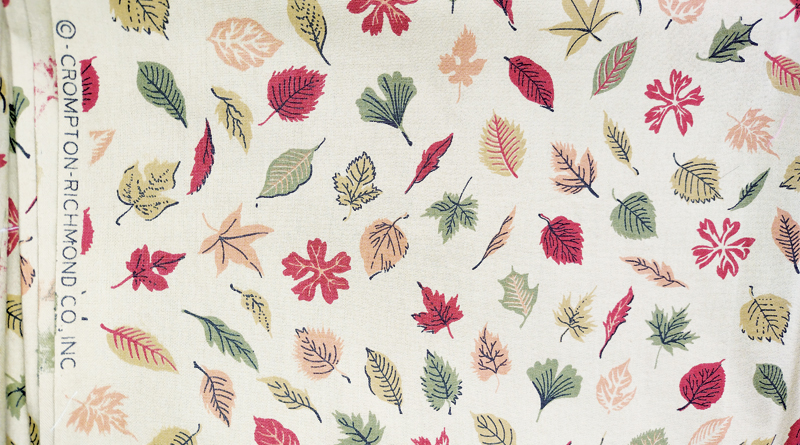The Falling Of The Leaves ~ Around The Frame

I love autumn: hands-down my favorite time of the year. My birthday lands in mid-autumn, the trees in Indiana make for a beautiful autumn and there’s nothing more fun than watching high school footfall on a crisp autumn evening. So why is the season that lands between summer and winter also called fall?
According to a Merriam-Webster website, the word autumn is older than fall. It came into English in the 1300s from the Latin word autumnus. Back in the day the word “harvest” referred to both the time of year when crops were harvested and the actual harvesting of the crops. To avoid confusion, the word autumn came into usage to refer to the time of the harvesting.
Poets were inspired by the changes autumn brought and over time the phrase “the fall of the leaves” came to be coupled with the season. By the 1600s the phrase was shortened to simply “fall”.
Now in the 1600s England was expanding its empire and taking their language along with them. Over time English spoken in America took on its own dialects as contacts between the Brits and Yanks lessened. Once the colonies won their independence, American English became a big part of their national identity. The words autumn and fall both emigrated to the USA with autumn the more popular. “Fall” didn’t enter a dictionary until 1755 when Samuel Johnson entered it in his Dictionary of the English Language. By the mid-1800s the word “fall” was considered solely American and is rarely used in other English countries to reference the season.
Recently I acquired a piece of autumn leaves fabric manufactured by the Crompton-Richmond Co. Inc. It features various colorful leaves tossed on a light background circa 1950s – early 1960s.
Research shows “The company was founded in 1807 as the Providence Manufacturing Co. in West Warwick, Rhode Island, and by 1808 was operating a cotton mill. Its name changed in 1823 to Crompton Co., and it expanded to include a bleachery and by 1832 calico printing. The village around the mill was named Crompton Mills, later known as Crompton. The company incorporated in 1850. By 1866 George Martin Richmond gained controlling interest, and the Richmond family soon dominated the company. Frank Richmond became president in 1866 and Howard Richmond became treasurer. The company began to make corduroys and velveteens; printed cloth was phased out by 1906. F.E. Richmond, Howard’s son, was treasurer and then president from 1907 to 1943. In 1915 the company took over the sales agency of Henry Kupfer & Co. and changed its name to Crompton-Richmond Co. in 1916. It entered the factoring business in 1933 and in 1936 moved its sales of finished goods and factoring subsidiary to New York City. The company expanded to the South, building Crompton-Highland Mills in 1925 in Griffin, Georgia, to make grey corduroy. In 1928 Crompton-Shenandoah Co. in Waynesboro, Virginia, was operating as a corduroy dyeing and finishing plant. Other southern plants included Crompton-Arkansas Mills in Morrillton, Arkansas, the Crompton-Osceola Co. (F.E. Richmond plant) in Osceola, Arkansas, and the Howard Richmond Plant in Leesburg, Virginia. The company ceased operations in 1988.” CREDIT: Collection Citation, Kheel Center, Cornell University Guide to the Crompton Company Photographs (cornell.edu), October 26, 2022.
For a company that was the oldest textile mill in the United States at the time of its demise, its fabrics are challenging to find. Researching Crompton – Richmond fabric online one fabric and a blouse created from it were found. I was fortunate to have this fall fabric fall into my possession this autumn season!
- The Stars & Stripes Are Forever: Around The Frame - July 5, 2024
- Sam Butcher: A Life Filled With Precious Moments ~ Around The Frame - June 7, 2024
- Aunt Dora & Her Well-Lived Life ~ Around The Frame - May 10, 2024


